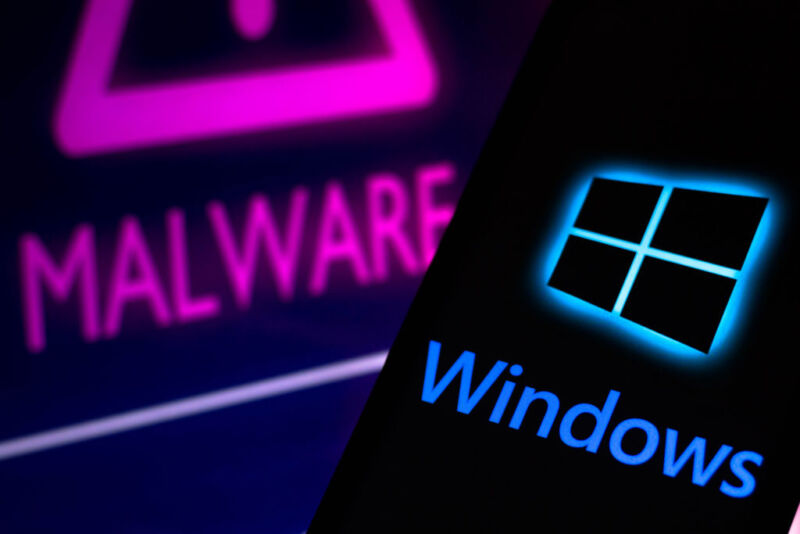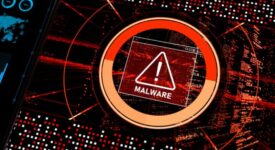
reader comments
70 with 43 posters participating
Over the past 15 years, Microsoft has made huge progress fortifying the Windows kernel, the core of the OS that hackers must control to successfully take control of a computer. A cornerstone of that progress was the enactment of strict new restrictions on the loading of system drivers that could run in kernel mode. These drivers are crucial for computers to work with printers and other peripherals, but they’re also a convenient inroad that hackers can take to allow their malware to gain unfettered access to the most sensitive parts of Windows. With the advent of Windows Vista, all such drivers could only be loaded after they’d been approved in advance by Microsoft and then digitally signed to verify they were safe.
Last week, researchers from security firm ESET revealed that about a year ago, Lazarus, a hacking group backed by the North Korean government, exploited a mile-wide loophole last year that existed in Microsoft’s driver signature enforcement (DSE) from the start. The malicious documents Lazarus was able to trick targets into opening were able to gain administrative control of the target’s computer, but Windows’ modern kernel protections presented a formidable obstacle for Lazarus to achieve its objective of storming the kernel.
Path of least resistance
So Lazarus chose one of the oldest moves in the Windows exploitation playbook—a technique known as BYOVD, short for bring your own vulnerable driver. Instead of finding and cultivating some exotic zero-day to pierce Windows kernel protections, Lazarus members simply used the admin access they already had to install a driver that had been digitally signed by Dell prior to the discovery last year of a critical vulnerability that could be exploited to gain kernel privileges.
ESET researcher Peter Kálnai said Lazarus sent two targets—one an employee of an aerospace company in the Netherlands and the other a political journalist in Belgium—Microsoft Word documents that had been booby-trapped with malicious code that infected computers that opened it. The hackers’ objective was to install an advanced backdoor dubbed Blindingcan but to make that happen, they first had to disable various Windows protections. The path of least resistance, in this case, was simply to install dbutil_2_3.sys, the buggy Dell driver, which is responsible for updating Dell firmware through Dell’s custom Bios Utility.
hid on infected systems for six years until it was discovered by security firm Kaspersky. Active since 2012, SlingShot exploited vulnerabilities that had been found as early as 2007 in drivers including Speedfan.sys, sandra.sys, and https://cve.mitre.org/cgi-bin/cvename.cgi?name=CVE-2009-0824. Because these drivers had been digitally signed at one time, Microsoft had no viable way to prevent Windows from loading them, even though the vulnerabilities were well known.






